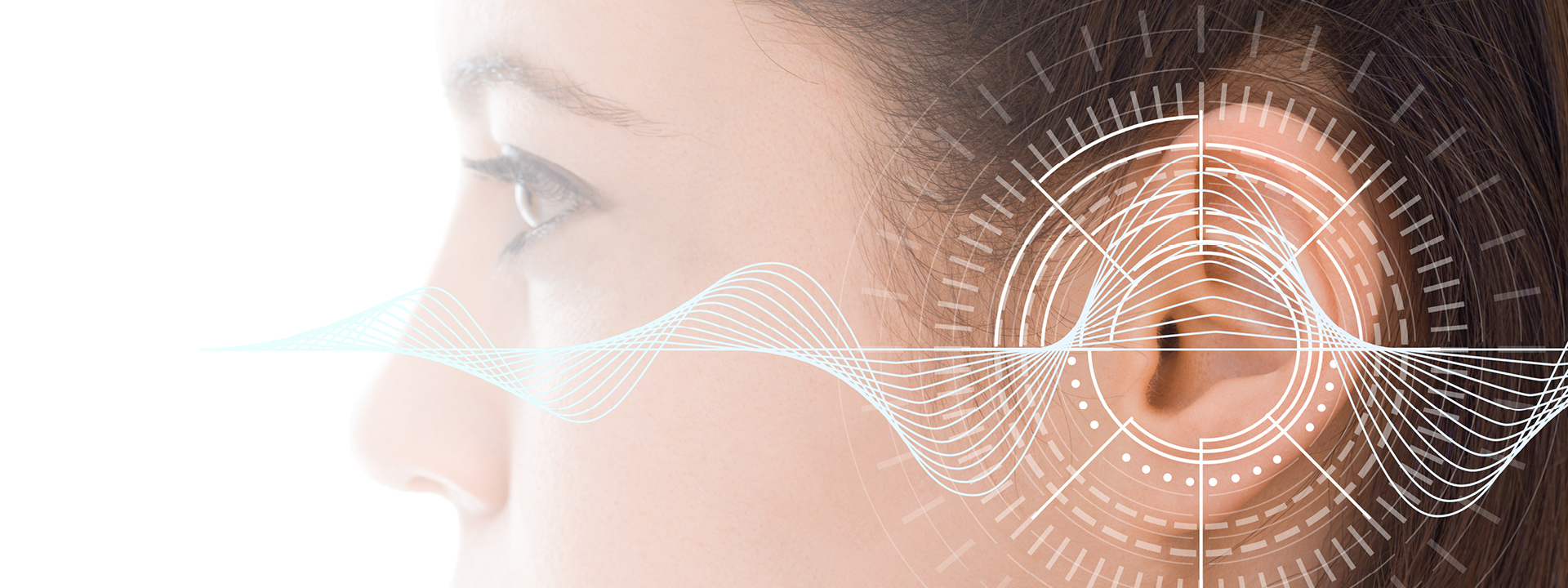Who could imagine back in 1979 when Sony released the Walkman portable cassette player that the Japanese company would be unleashing a revolution in the way we listen to music? Fast forward 40 years and we’re still addicted to our earbuds. But, at what cost? Today, we’ll take a look at the connection between headphones, earbuds and hearing loss and what you can do to prevent further damage by listening to music at safe levels and with the proper equipment.
Headphones and Hearing Loss
The first thing you need to understand is that headphone usage can certainly damage your hearing — and it can do so permanently. The problem revolves around the proximity of the music to the eardrum, the duration of the music and, of course, the volume. The closer the speaker is to your ear, the more likely hearing loss becomes.
The term “noise-induced hearing loss” sounds scary for a reason: once you’ve lost a certain portion of your hearing, there’s no way to naturally restore it. Think of exposure to the sound of a jet engine or a rock concert, or even going out to mow the lawn for an extended period. Each of these activities easily surpasses the Centers for Disease Control’s 85-decibel threshold for safe listening. Anything over 85 dB is enough to permanently damage your hearing.
When the eardrum vibrates, the cochlea (the hai and fluid-filled part of the ear) can be damaged, often leading to hearing loss. In some cases, the cells of the cochlea may recover over time, but when they can not recover, the result is truly permanent hearing loss. Without ear protection, this sort of damage can be devastating, especially as you age and naturally lose the ability to hear certain (usually higher) frequencies. Which brings us back around to those ever-popular earbuds. Here’s how they’ve evolved over the years and how to prevent them from damaging your hearing any further.
A Little History
As mentioned, the Walkman revolutionized our ability to take music with us wherever we go. Once relegated to the living room where elaborate sound systems filled the room with stereo sounds, music underwent a significant transformation in the 1980s. This culminated in the early 2000s when Apple released the massively popular iPod and, along with it, the ubiquitous white earbuds you see everywhere you look. Today, AirPods are all the rage, with everyone from postal workers to grocery shoppers and joggers tapping into the power of Bluetooth technology to ditch the wires and enjoy music via UHF radio transmission technology. Sort of like WiFi, but for your ears. But it turns out the move from over-the-ear headphones to earbuds was not such a good one, from a hearing health point of view.
The reason? Earbuds force the music closer to the eardrum and cochlea than standard over-the-ear headphones, which feature foam padding and a generally safe distance from music source to eardrum. So, what’s the solution?
What to Listen to
Of course, listening to music out in the open through a television speaker or a stereo system is ideal because it further separates the music from the eardrum, but that’s not often practical. Office workers, for instance, are excluded from playing music at their desks because it might bother their coworkers. In these cases, over-the-ear headphones are the way to go. Keep in mind, duration and volume still matter. You can still do damage to your hearing with over-the-ear headphones if you listen long enough and at a loud enough volume. To help mitigate this problem, consider over-the-ear-headphones with active noise cancellation. When noise cancellation is activated, the ambient noise in the background is silenced and the two sounds don’t have to compete with each other. This is particularly critical for frequent flyers who can drown out the plane’s engines on long flights without blasting their eardrums into oblivion.
Solutions for Hearing Loss
If you’re concerned that you’ve experienced hearing loss, schedule an appointment with us so we can get to the bottom of the issue. If you’re having trouble keeping up with conversations or discerning the voices of friends and family members, it’s time for a visit. We employ specially-designed sound booths and cutting edge video otoscopes to determine how well you can hear. We’ll discuss whether you need a hearing aid, implants or simply a quick lesson in how to prevent further hearing loss. Learn more at https://www.sierranevadaent.com/.
